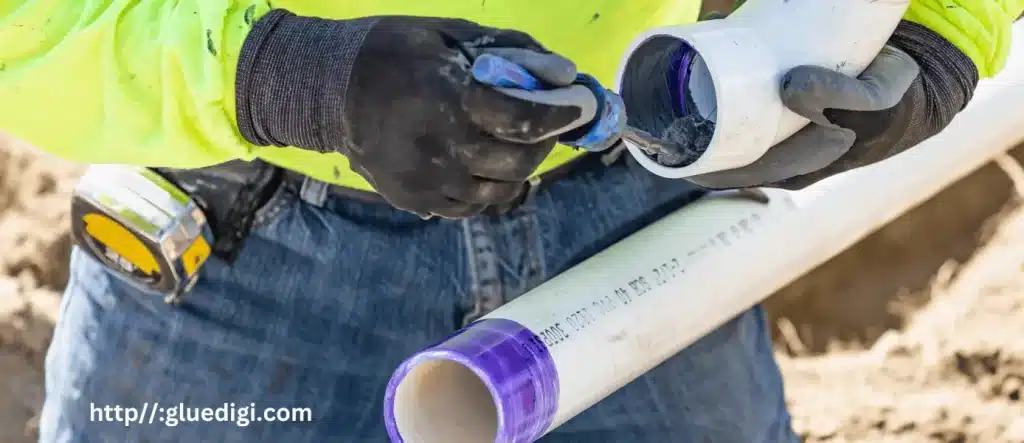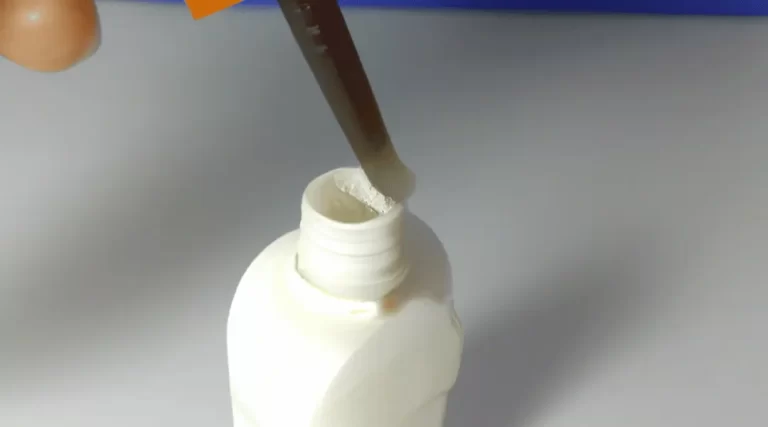Introduction to Structural Adhesive
Structural adhesive, a powerful bonding agent, plays a pivotal role in various industries, revolutionizing the way we construct, manufacture, and design products. Unlike traditional mechanical fasteners, structural adhesives offer several unique advantages, such as enhanced bonding strength, weight reduction benefits, and improved aesthetics.
Let’s dive into this peculiar topic and uncover the taste, health risks, and even unique uses of glue beyond its intended purpose.
Let’s delve into the fascinating world of structural adhesive and explore its applications, pros, cons, and essential tips for optimal usage.
What is Structural Adhesive?
At its core, structural adhesive is a type of bonding material designed to hold two or more substrates together in a load-bearing manner. Unlike regular adhesives, which are primarily used for lightweight applications, structural adhesives exhibit exceptional strength and durability. They can bond a wide range of materials, including metals, composites, plastics, and even dissimilar materials, offering engineers and manufacturers unparalleled flexibility in design and construction.
Applications of Structural Adhesive
Automotive Industry
In the automotive sector, structural adhesives have become indispensable for assembling vehicle components. They provide strong and reliable bonding between dissimilar materials, such as bonding aluminum panels to steel frames, leading to improved crash performance and reduced vehicle weight.
Aerospace and Aviation
Structural adhesives are widely used in aircraft assembly, where their lightweight properties contribute to fuel efficiency and overall performance. They ensure the secure bonding of aircraft components, reducing vibrations and enhancing fatigue resistance.
Construction Sector
In the construction industry, structural adhesives are employed to bond building materials like concrete, wood, and glass. These adhesives add strength to structures while eliminating the need for traditional fasteners, resulting in cleaner and more aesthetically pleasing designs.
Electronics and Appliances
The electronics sector benefits from structural adhesives as they enable compact and efficient device designs. These adhesives provide electrical insulation, vibration damping, and protection against environmental factors.
Marine and Shipbuilding
Structural adhesives find use in marine applications, creating strong bonds for boat hulls, decks, and interiors. They improve water-tightness and corrosion resistance, contributing to the longevity of marine structures.

Advantages of Using Structural Adhesive
- Enhanced Bonding Strength
Structural adhesives create robust bonds, distributing stress evenly across the joint area, making them ideal for critical load-bearing applications.
- Weight Reduction Benefits
By eliminating the need for additional mechanical fasteners, structural adhesives help reduce overall weight, enhancing fuel efficiency and performance, particularly in the automotive and aerospace industries.
- Improved Aesthetics
With no visible fasteners or protrusions, structural adhesives offer cleaner and more attractive designs, especially in architecture and consumer electronics.
- Corrosion and Moisture Resistance
Structural adhesives provide an effective barrier against moisture and corrosion, extending the lifespan of bonded components, and ensuring durability in harsh environments.
- Vibration and Noise Damping
Adhesively bonded structures exhibit excellent damping properties, reducing vibrations and noise, resulting in smoother and quieter operations.
- Ability to Join Dissimilar Materials
Structural adhesives enable the bonding of different materials, promoting innovative designs and multi-material constructions.
- Stress Distribution Capabilities
These adhesives evenly distribute stresses across the entire joint, minimizing localized stress concentrations and enhancing overall joint strength.
- Cost-Efficiency and Material Savings
By replacing costly and heavy mechanical fasteners, structural adhesives reduce material costs and improve cost-efficiency during production.
- Streamlined Manufacturing Process
The use of structural adhesives simplifies assembly processes, leading to faster production cycles and increased productivity.
- Environmentally Friendly Solution
Structural adhesives often contribute to lightweight and energy-efficient products, reducing environmental impact and carbon emissions.
Drawbacks of Structural Adhesive
- Limited Gap-Filling Capability
Unlike mechanical fasteners, adhesives require close mating surfaces for optimal bonding, limiting their use in applications with large gaps.
- Surface Preparation Challenges
Proper surface preparation is crucial for effective bonding, requiring clean and well-prepared substrates, which may add complexity to the process.
- Curing Time and Production Speed
Structural adhesives may require curing time, slowing down production processes compared to instant fastening methods.
- Difficulty in Disassembly and Repairs
Bonded joints are often challenging to disassemble, making repairs more time-consuming and complex.
- Temperature and Chemical Sensitivity
Some adhesives may have limitations regarding operating temperature ranges and chemical exposure.
- Potential Health and Safety Concerns
Certain adhesive formulations may release volatile organic compounds (VOCs) during curing, necessitating proper ventilation and safety measures.
- Impact on Recyclability
Bonded assemblies can be difficult to separate for recycling, potentially impacting the recyclability of components.
- Complexity in Design Validation
Validating the structural integrity of adhesive bonds may require specialized testing and analysis.
- Dependence on Proper Application Techniques
To achieve optimal performance, structural adhesives must be applied correctly, which can be challenging for complex geometries.
- Long-Term Durability Considerations
The long-term durability of adhesively bonded joints may vary based on factors such as environmental exposure and stress levels.
Key Factors to Consider Before Using Structural Adhesive
Before diving into structural adhesive applications, it’s essential to consider various factors to ensure successful bonding:
– Material Compatibility: Ensure that the adhesive is compatible with the materials being bonded to prevent potential issues like corrosion or weakening of the joint.
– Joint Design and Geometry: Optimize joint designs for maximum bonding area and proper stress distribution, ensuring optimal load-bearing capacity.
– Environmental and Load Conditions: Evaluate the operating environment and the stresses the joint will endure to select the appropriate adhesive.
– Regulatory and Standard Compliance: Adhere to industry standards and regulations related to bonding methods and material usage.
– Cost Analysis and Economic Viability: Conduct cost analysis to determine the economic feasibility of adhesive bonding compared to other joining methods.
Tips and Tricks to Maximize Structural Adhesive Performance
- Proper Surface Preparation: Thoroughly clean and abrade surfaces to remove contaminants and create a strong bond.
- Choosing the Right Adhesive Type: Select the appropriate adhesive formulation based on the specific application requirements and materials.
- Correct Mixing and Application Techniques: Follow the manufacturer’s instructions carefully for mixing and applying the adhesive.
- Clamping and Fixturing Methods: Use suitable clamps and fixtures to hold the parts in position during curing.
- Optimal Curing Conditions: Ensure proper temperature and humidity levels during the curing process for best results.
- Post-Bonding Inspection and Testing: Perform thorough inspections and testing to validate the quality of the bonded joint.
- Shelf Life and Storage Tips: Store adhesives properly to maintain their effectiveness and extend their shelf life.
- Dealing with Common Bonding Issues: Address common challenges such as voids, air entrapment, and adhesive squeeze-out during bonding.
- Customization and Formulation Considerations: Work with adhesive manufacturers to customize formulations for specific applications.
- Continuous Process Improvement: Regularly assess the bonding process for potential improvements in efficiency and quality.
Case Studies: Successful Structural Adhesive Implementations
Automotive Industry Example: A leading car manufacturer adopted structural adhesive to bond carbon fiber panels to aluminum chassis, reducing weight, improving fuel efficiency, and enhancing crash performance.
Aerospace Application Showcase: An aerospace company implemented structural adhesive in aircraft assembly, resulting in an increased strength-to-weight ratio, leading to fuel savings and enhanced aircraft performance.
Construction Project Success Story: A skyscraper construction project utilized structural adhesive for bonding facade panels, creating a seamless and visually appealing exterior.
Electronics Manufacturing Case Study: A renowned electronics manufacturer employed structural adhesive to secure delicate electronic components within devices, improving shock resistance and product reliability.
Conclusion
Structural adhesive offers a revolutionary approach to bonding, providing unmatched strength, weight reduction benefits, and versatile applications across various industries. While it has some drawbacks, careful consideration of materials, joint design, and application techniques can overcome challenges and ensure successful bonding. As technology and adhesive formulations continue to advance, structural adhesive will undoubtedly play a crucial role in shaping the future of modern engineering and design.





